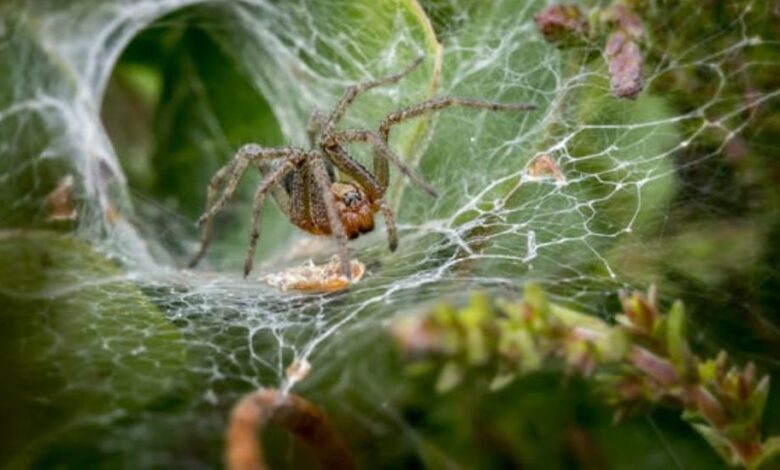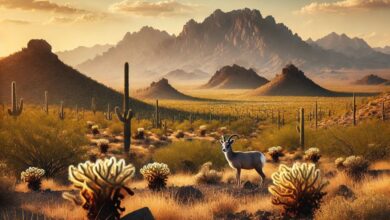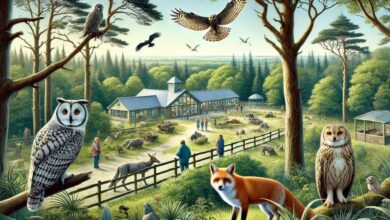Understanding the Spider Web Funnel Ecosystem Map

Spider webs, particularly funnel-shaped ones, are remarkable structures that offer a glimpse into the complex interactions within ecosystems. A “spider web funnel ecosystem map” is a conceptual model that outlines the roles played by funnel-web spiders and their webs in maintaining balance within their habitats. This ecosystem map emphasizes the dynamic relationships between these spiders, their prey, predators, and the environment. In this article, we’ll explore the spider web funnel ecosystem map, the role of funnel-web spiders, and how they fit into larger ecological systems.
The Basics of Funnel Web Spiders
Funnel-web spiders are known for weaving funnel-shaped webs that serve as both homes and traps for their prey. These spiders belong to various families, such as the Agelenidae, Dipluridae, and Atracidae, which include some of the most venomous species, like the Sydney funnel-web spider. Funnel webs are typically constructed in hidden areas like corners, logs, and tree trunks, and are designed to catch unsuspecting prey. The webs play a dual role: offering protection for the spider and enabling them to efficiently capture and paralyze their prey.
Role of Funnel-Web Spiders in the Ecosystem
Funnel-web spiders play a crucial role in maintaining ecological balance. These spiders are both predators and prey, making them vital to the food chain. As predators, they help control populations of insects and small vertebrates, such as frogs, geckos, and lizards. By managing these populations, they prevent overpopulation and help regulate the food web.
This delicate balance is integral to ecosystem health. Without the predatory role of funnel-web spiders, insect populations could grow unchecked, leading to imbalances that affect other species. The “spider web funnel ecosystem map” highlights the importance of these spiders in maintaining biodiversity and preventing the overpopulation of certain species.
How Funnel Webs Contribute to the Ecosystem Map
A spider web funnel ecosystem map not only highlights the funnel-web spider’s place in the food chain but also illustrates how their webs interact with other components of the environment. The funnel-shaped web is a marvel of natural engineering. It serves as both a shelter and a sophisticated trap, allowing spiders to capture prey with minimal effort. Insects or small creatures that stumble into the web are quickly subdued by the spider’s venom.
This web structure also provides insight into the spider’s behavior. Funnel-web spiders are primarily nocturnal, meaning they are more active at night when fewer predators are present. Their webs also protect them from environmental threats like rain and wind. In areas where water is abundant, such as near bodies of water or in forested floodplains, these spiders thrive, indicating that moisture levels may play a role in their distribution.
Prey-Predator Relationships in the Funnel-Web Ecosystem
Within the ecosystem, funnel-web spiders play a pivotal role as both prey and predators. Their diet primarily consists of insects such as beetles, grasshoppers, and flies, but they have been known to capture larger prey, including small frogs and lizards.
In turn, funnel-web spiders are preyed upon by larger animals like birds, reptiles, and small mammals. This predator-prey dynamic ensures that funnel-web spider populations remain under control, preventing them from becoming invasive. The interaction between funnel-web spiders, their prey, and their predators is a key element of the spider web funnel ecosystem map, emphasizing the interconnectedness of all species within the ecosystem.
The Importance of Habitat and Web Location
The spider web funnel ecosystem map also sheds light on the importance of habitat in the lives of funnel-web spiders. These spiders typically build their webs in dark, hidden spaces, such as under logs, in tree trunks, or in corners of structures. The location of the web is crucial for the spider’s survival, as it offers protection from predators and environmental elements like rain. The web’s location also plays a significant role in its effectiveness as a trap for prey.
Funnel-web spiders often build their webs in areas where prey is abundant, such as near bodies of water or in dense vegetation. The moist environment in these habitats not only attracts insects but also helps maintain the integrity of the web, which can weaken in dry conditions. The spider’s choice of habitat is a vital part of the ecosystem map, as it affects the availability of prey and the spider’s ability to survive.
Human Impact on the Funnel-Web Ecosystem
Human activities can have significant effects on the funnel-web ecosystem. Urbanization, deforestation, and the use of pesticides can destroy the habitats of funnel-web spiders, leading to declines in their populations. Additionally, the removal of funnel-web spiders from their ecosystems can lead to imbalances in prey populations, which can have ripple effects throughout the food web.
For example, if funnel-web spiders are removed from an ecosystem, the insect populations they prey on may increase dramatically, leading to overgrazing or damage to vegetation. This, in turn, affects herbivores and other animals that rely on the vegetation for food. The spider web funnel ecosystem map helps illustrate how these small creatures play a vital role in maintaining the health of their ecosystems.
Conclusion: The Delicate Balance of the Funnel-Web Ecosystem
In conclusion, the “spider web funnel ecosystem map” is a vital tool for understanding the interconnectedness of species within an ecosystem. Funnel-web spiders play a key role in controlling insect populations and are an essential part of the food web. Their webs not only provide them with shelter and prey but also contribute to the overall health of the ecosystem by maintaining balance between predator and prey populations.
By understanding the role of funnel-web spiders and their webs, we can appreciate the complexity of ecosystems and the importance of preserving these delicate relationships. The spider web funnel ecosystem map serves as a reminder that even the smallest creatures can have a significant impact on the environment, and their conservation is essential for maintaining biodiversity and ecological health.



